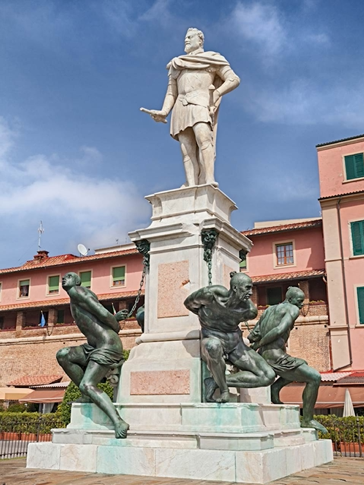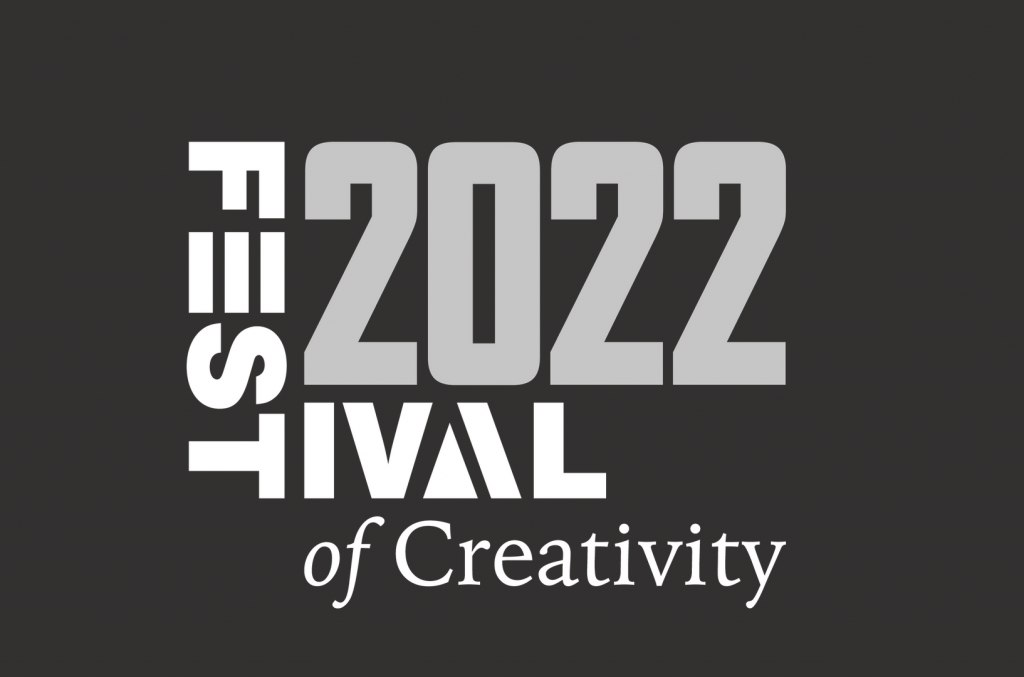The Importance of Imagery in the Study of Race within Early Modern History
The Arts for Equality and Diversity Bursary Award*
by Rachel B. Elvin, 3rd year student BA Art History and History
As Kymberly N. Pinder has commented upon, the study of race in westernised art history has primarily focused on the nineteenth-century onwards.[1] Whilst there is a greater range of primary material to discuss regarding race in European art history from the modern period, this is not to suggest that the history of ethnic minorities or their representation in art did not exist beforehand. In a world where a large majority of society was illiterate and records were often not kept, images play a crucial role in understanding this period. Although images of white citizens of European countries within this period are certainly more common, those images that remain of ethnic minorities can tell us a significant amount about their position within early modern society. Furthermore, these images and artworks play a crucial role not only in the academic study of race in early modern history but are also important in starting wider conversations and education of the general public. Whether this is educating a de-colonised history or cross-referencing current situations to our past, images play a critical role in understanding our racial history.

Replica of Ali, ca. 1760, Burton Constable Hall, Hull.

Giovanni Bandini & Pietro Tacca, Monumento dei Quattro mori a Ferdinando II, 1595-1626, Marble and Bronze, Piazza Micheli, Livorno.
In recent years university history and heritage programmes have sought to decolonise their curriculums and they have played a significant role in the activities organised for Black History Month. Across October the University of Lincoln put on a series of educational seminars and events in support of BHM. I attended several events and was also privileged to help organise one such event entitled ‘Ali & Morgiano: Exploring ways of responding to imagery of enslaved people in historic houses’ as part of a paid Internship in Lincoln Conservation that the Art History programme coordinates. This event organised by Phillipa Mcdonell focused on the re-discovered bronze plaster replica of Ali from the Monumento dei Quattro mori a Ferdinando II found at Burton Constable Hall and in turn discussed the original statue in Livorno and the wider debates around such images. A crucial part of this event was the artistic responses to the images and discussion; a short story by Malachi McIntosh and a song by Akeim Toussaint Buck. This event not only highlighted the importance of talking about these topics but also the direct significance of imagery. Without the replica statue being re-discovered this event never would have taken place. Likewise, the original statue in Livorno has served as a consistent angle of interest in the conversation about representations of race in art. The statue, unlike much other early modern artwork that represents enslaved people, was modelled off real enslaved men. This was not some generic depiction but instead highlights the suffering of real people. Without these images, these stories and lives may well have been forgotten. Although as Peter Erickson has commented upon, ‘an image can be highly individualized, while its stereotypical dimension nevertheless remains in force’, it is, therefore, important to still remember the racial stereotypes that faced those people being portrayed in early modern artwork.[2] It is important to understand the motivations behind historical racial imagery alongside the stories of those depicted to fully understand not only the artworks themselves but also the wider histories and messages.

The 1511 Westminster Tournament Roll, 1511, 60 ft x 14.5 inches, College of Arms, London.
Similarly, in another event I attended, organised by Dr Laura Fernández-González ‘Ut Pictura Poesis 2: An Evening of Art and Poetry’, the image of John Blanke in the 1511 Tournament Roll was discussed. Here we find another example of why imagery is so important. These images sparked research into the aforementioned John Blanke by Dr Michael Ohajuru but also the discussion of black people in European Renaissance courts with Professor Carmen Fracchia. Again, this research into representations of ethnic minorities in European Renaissance courts sparked further artistic responses with poems by Kadija Sessay and artwork by Victoria Burgher. This concept of art inspiring art proves the significance of imagery, to begin with. Images and artwork consistently inspire new explorations, new artwork, new thinking, new research. It provokes questions that have too often been ignorantly ignored or deliberately avoided.
However, one thing I have learnt from attending these events, organising an event, and my university studies is when discussing the importance of imagery in the study of race in the early modern period it is crucial to remember not to view images depicting race only from one point of view. As Daniel Savoy has commented, ‘the global discourse on early modern European art, despite noble intentions, often misrepresents non-European artistic cultures’.[3] Whilst studies concerning artistic depictions of race in the early modern period have in recent years gotten better at de-colonising viewpoints, there is still a lot of work to be done. In this, images continue to spark debates and issues that need to be raised.
Bibliography
‘Ali & Morgiano: Exploring ways of responding to imagery of enslaved people in historic houses’, [online source] https://www.youtube.com/watch?v=ncXxXXAGy-w accessed on 15 March 2022.
Erickson, Peter. ‘Constructing Race: Differentiating Peoples in the Early Modern World’, Shakespeare Quarterly 48:3 (1997), 363-366.
Ohajuru, Michael. ‘Before and After the Eighteenth Century: The John Blanke Project’, Britain’s Black Past 3 (2020).
Ostrow, Steven F. ‘Pietro Tacca and his “Quattro Mori”: The Beauty and Identity of the Slaves’, Artibus et Historiae 36:71 (2015), 145-180.
Pinder, Kymberly N. Race-ing Art History: Critical Readings in Race and Art History (London, 2002).
Savoy, Daniel. The Globalization of Renaissance Art: A Critical Review (Leiden, 2017).
‘The John Blanke Project’, [online source] https://www.johnblanke.com/about.html accessed on 15 March 2022. Wood, Philippa. ‘Conserving Hidden Treasures’, 14 January 2021, [online source] https://www.burtonconstable.com/DB/blog-2/conserving-hidden-treasures accessed on 15 March 2022.
[1] Kymberly N. Pinder, Race-ing Art History: Critical Readings in Race and Art History (London, 2002), 2.
[2] Peter Erickson, ‘Constructing Race: Differentiating Peoples in the Early Modern World’, Shakespeare Quarterly 48:3 (1997), 363-366 (364).
[3] Daniel Savoy, The Globalization of Renaissance Art: A Critical Review (Leiden, 2017), 5-6.

* The Arts for Equality and Diversity Award from the BA Art History and History is generously supported by the HR Equality, Diversity and Inclusion Department. This year a series of projects have been selected for the University of Lincoln Festival of Creativity.